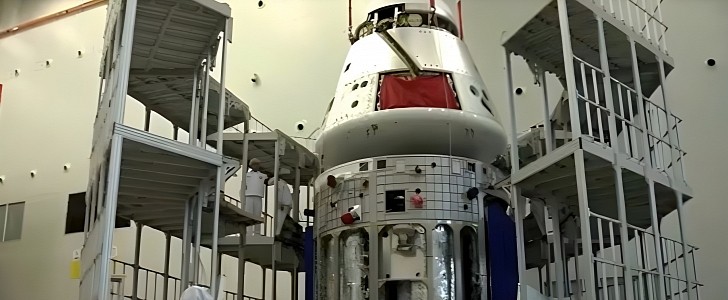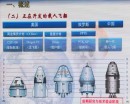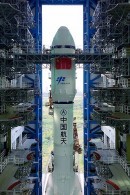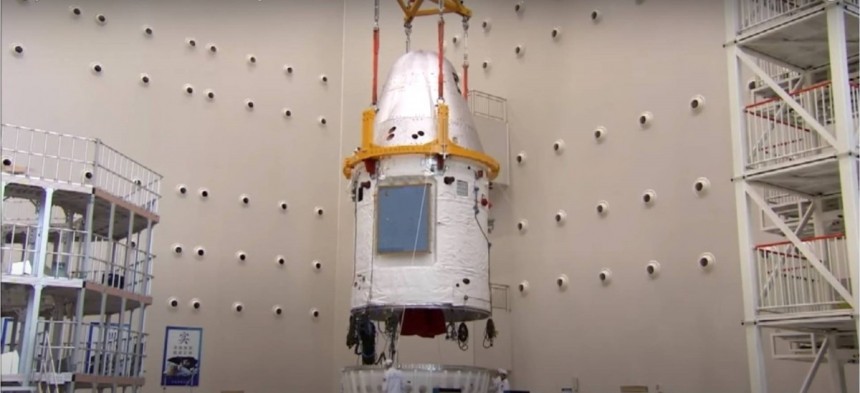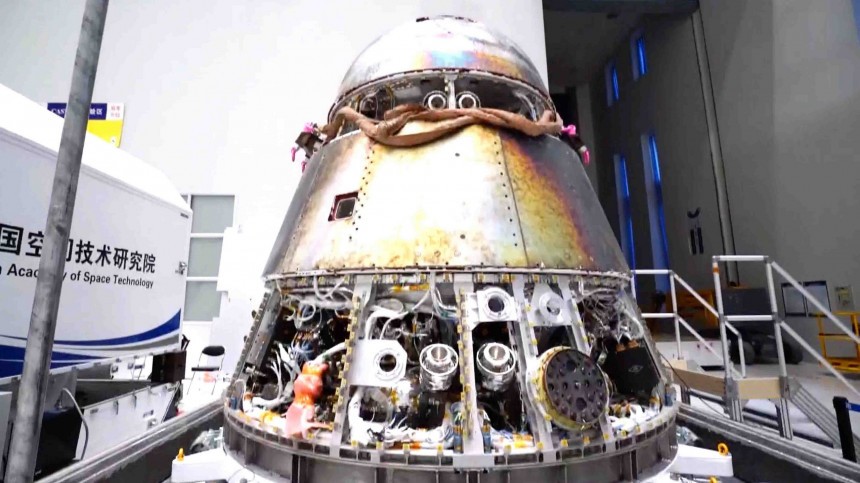As of October 2022, NASA and the European Space Agency lay claim to the only launch-ready, human-rated spacecraft capable of bringing a crew into orbit around the Moon and possibly even Mars. But don't think even for a second that they're alone in their ambitions to bring human beings into deep space.
If anything, a 50-year gap between attempts to land humans on the Moon has only given time for technology once reserved for two nations on the planet to be available worldwide. First, it was the post-Soviet Russians, then the Chinese, and now the Indians, the Saudis, and the Emiratis. No longer is the realm of space just a two-horse race. It's like the Kentucky Derby and the Belmont Stakes. But this time, the horses are replaced with billion-dollar spacecraft.
Oh, and the track is at a minimum of 477,710 miles (768,800 km). Assuming the mission is a single-orbit circumnavigation of the Moon and back. In reality, it's bound to be profoundly longer. That's why China's Next-Generation Crewed Spacecraft is such a big deal.
If successful, China would be the first nation outside the United States theoretically capable of taking humans to other heavenly bodies to be operational. Assuming Artemis I can get off the ground in time. In truth, the whole business of what nation gets to Low Earth Orbit first isn't nearly as important as it was years ago.
This isn't the early 1960s, and this isn't Yuri Gagarin on board. In the second space race, NASA and its merry band of private contractors, China and Russia, are skipping right to the juicy stuff. The grand prize is the Moon, and from there, Mars. The proverbial finish line isn't reached until boots are on the ground in other worlds.
Though it'd be disingenuous to call the second great space travel renaissance a "space race" in the traditional sense, the Chinese approach to deep space manned travel is one with its fair share of secrecy. Only a small trickle of Communist Party state media announcements have been made regarding the first boilerplate space capsule's first launch aboard a Long March 7 booster rocket in May 2020.
Keep in mind this is far from China's first native spacecraft. Its lineage is rooted deeply in the last generation of Chinese manned space capsule, the Shenzhou. Though Shenzhou was loosely inspired by the Russian Soyuz capsule, it is, in fact, its own bespoke spacecraft. Being ten percent heavier and ten percent larger than the Russian spacecraft that served loosely as its inspiration.
Like its Orion counterpart, the next-gen Chinese Crewed Spacecraft consists of a command module and an accompanying service module to its intended destination. With a total mass somewhere in the ballpark of 14,000 kg (31,000 lb) on Low Earth Orbit configuration and 21,600 kg (47,600 lb) in transit to the Moon, the craft is considerably lighter than Orion's mass of 58,467 lb (26,520 kg).
By western estimates, the spacecraft should be set for crewed orbital tests sometime soon before or soon after Artemis III is due to send three Americans and one Canadian to the surface of the Moon. This would be the first time since this has taken place since 1972. By that estimate, you can expect a Chinese mission to the Moon in a similar capacity sometime in the early 2030s. It's possible by this point that a multitude of nations maintains a presence on the Moon.
With potential energy-rich resources like Helium-3 and water-ice possibly ripe for the taking, don't be surprised if humanity finally gets the Lunar colony science fiction's been promising us for almost a century now. The only question will mostly come down to whether the boots on the ground are Russian and Chinese or American, Canadian, and European. As most space analysts will tell you, space travel works best when every team involved is at the top of its game.
Oh, and the track is at a minimum of 477,710 miles (768,800 km). Assuming the mission is a single-orbit circumnavigation of the Moon and back. In reality, it's bound to be profoundly longer. That's why China's Next-Generation Crewed Spacecraft is such a big deal.
If successful, China would be the first nation outside the United States theoretically capable of taking humans to other heavenly bodies to be operational. Assuming Artemis I can get off the ground in time. In truth, the whole business of what nation gets to Low Earth Orbit first isn't nearly as important as it was years ago.
This isn't the early 1960s, and this isn't Yuri Gagarin on board. In the second space race, NASA and its merry band of private contractors, China and Russia, are skipping right to the juicy stuff. The grand prize is the Moon, and from there, Mars. The proverbial finish line isn't reached until boots are on the ground in other worlds.
Keep in mind this is far from China's first native spacecraft. Its lineage is rooted deeply in the last generation of Chinese manned space capsule, the Shenzhou. Though Shenzhou was loosely inspired by the Russian Soyuz capsule, it is, in fact, its own bespoke spacecraft. Being ten percent heavier and ten percent larger than the Russian spacecraft that served loosely as its inspiration.
Like its Orion counterpart, the next-gen Chinese Crewed Spacecraft consists of a command module and an accompanying service module to its intended destination. With a total mass somewhere in the ballpark of 14,000 kg (31,000 lb) on Low Earth Orbit configuration and 21,600 kg (47,600 lb) in transit to the Moon, the craft is considerably lighter than Orion's mass of 58,467 lb (26,520 kg).
By western estimates, the spacecraft should be set for crewed orbital tests sometime soon before or soon after Artemis III is due to send three Americans and one Canadian to the surface of the Moon. This would be the first time since this has taken place since 1972. By that estimate, you can expect a Chinese mission to the Moon in a similar capacity sometime in the early 2030s. It's possible by this point that a multitude of nations maintains a presence on the Moon.
